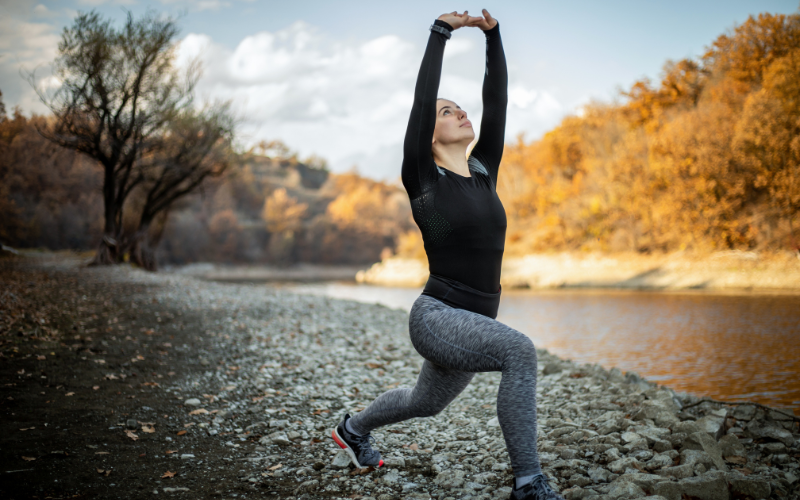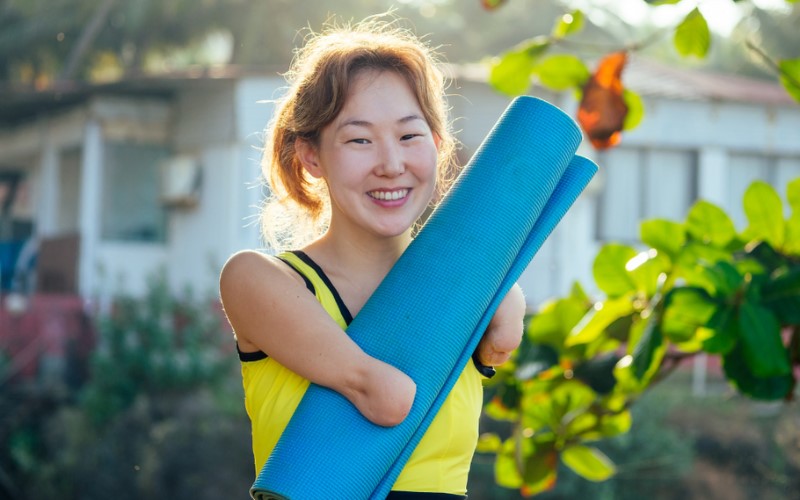Move it! The Benefits of Physical Activity

The benefits of physical activity extend far beyond simply managing your weight. Moving has been proven to improve a wide range of health markers both physically and mentally! How would you like to…..
- have more energy?
- have lower blood pressure?
- reduce your risk of a heart attack?
- lower your risk of type 2 diabetes?
- lower your risk of cancer?
- maintain a healthy body weight?
- have stronger bones, muscles and joints?
- recover better from bouts of illness and injury?
- improve your mood?
- sleep better?
Sounds good, doesn’t it!
The Backside Blues
We know that moving our bodies brings with it a whole host of health benefits, but have you also considered the downside of sitting too long on your backside?
Aussie’s spend on average a massive 10 hours a day sitting. Unfortunately, scientists now suggest that anything over 4 hours a day of sedentary behaviour is bad news for your health.
Studies have now shown that prolonged sitting is linked to increased risk of a number of health conditions, namely back pain, osteoarthritis, weight gain, muscle degeneration, cardiovascular issues, cancer risk and diabetes risk.
If you’re not convinced yet, here are some confronting facts to motivate you to budge from your buttocks.
- After just 90 minutes of sitting, your metabolism gets seriously lazy. For example, the enzymes that break down fat slow by 90%.
- Sit for 8 hours a day and your risk of heart disease, cancer and diabetes increases by 40%!
- Sitting causes more deaths than smoking!
Physical Activity: What to Aim For
What’s crystal clear is that physical activity is good for us and sitting too much is harmful. But how much and what type of exercise is right? Well that’s largely a personal thing but here are some tips to point you in the right direction.
- Exercise for just 30 minutes a day, ideally every day or most days. It doesn’t need to be hardcore activity nor does it need to be consecutive minutes – the important thing here is not remaining stationary! Three blocks of 10 minutes is ok, so too is a gentle swim, walk or tai chi class. Don’t beat yourself up if you only squeezed in a few minutes today, just try to incorporate a bit more movement tomorrow.
- Try to sweat at least once or twice a week. Vigorous exercise can boost your health and fitness even further, so try to push yourself occasionally.
- Make exercise a habit. The more habitual the activity, the more likely you are to keep it up all year round. The easiest way to do this is to make moving a natural part of your day, such as cycling to work, taking the dog around the block every morning, or walking to pick up the kids from school. Scheduling exercise in your diary is also a successful strategy.
- Exercise can be social. Walk with a friend and you’ve not only got someone to motivate you but time to catch up and download. Social connections are linked with improved psychological wellbeing and longevity.
- Minimise your sitting time. At work, try to break up sitting time with a few stretches or a quick walk around the office; or try a sit/stand desk. If you’re on the road a lot, have a pitstop to stretch your legs whenever possible. At home, do some stretches, squats or lunges in front of the TV or switch it off altogether.
- Try combining exercise with getting in nature. A walk in the bush or a beach swim can provide you with even more positive benefits. Known as ‘forest therapy’, scientists have linked better mood, memory, mental clarity, reduced stress and a stronger immune system with getting in touch with Mother Nature.
Now you’re equipped with all this info, what are you waiting for? Get up and go!
Note: If you have a health condition, are unsure what sort of physical activity is suitable for you or how to get started, please consult your doctor.











